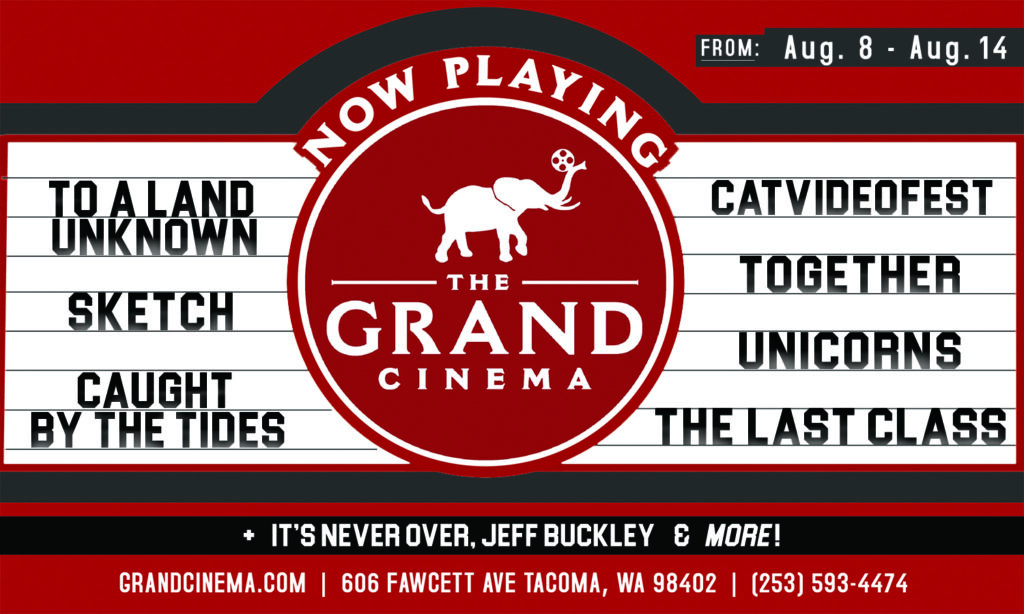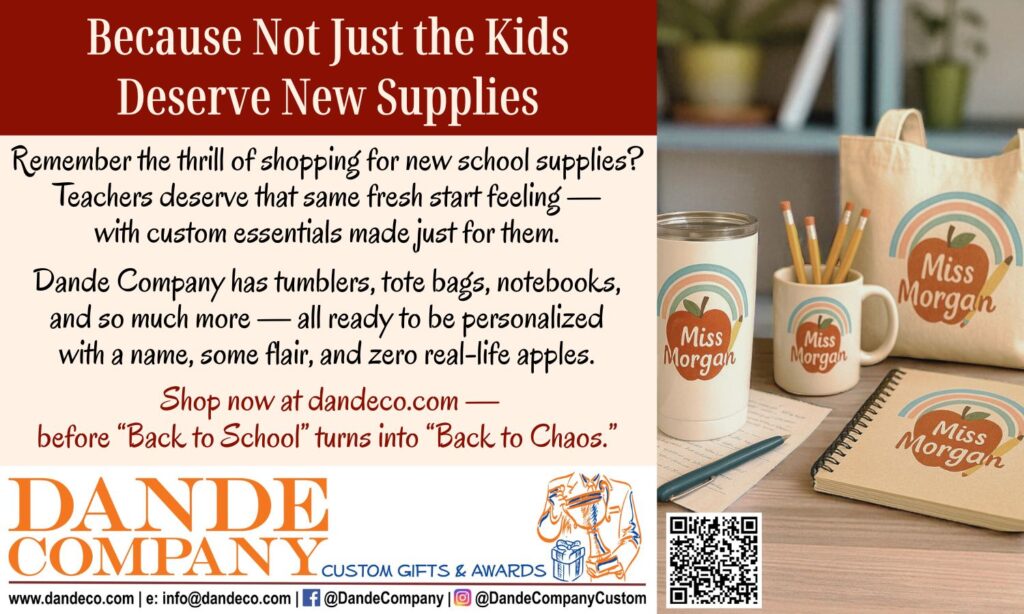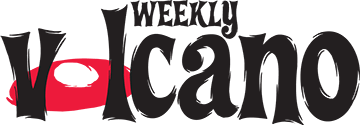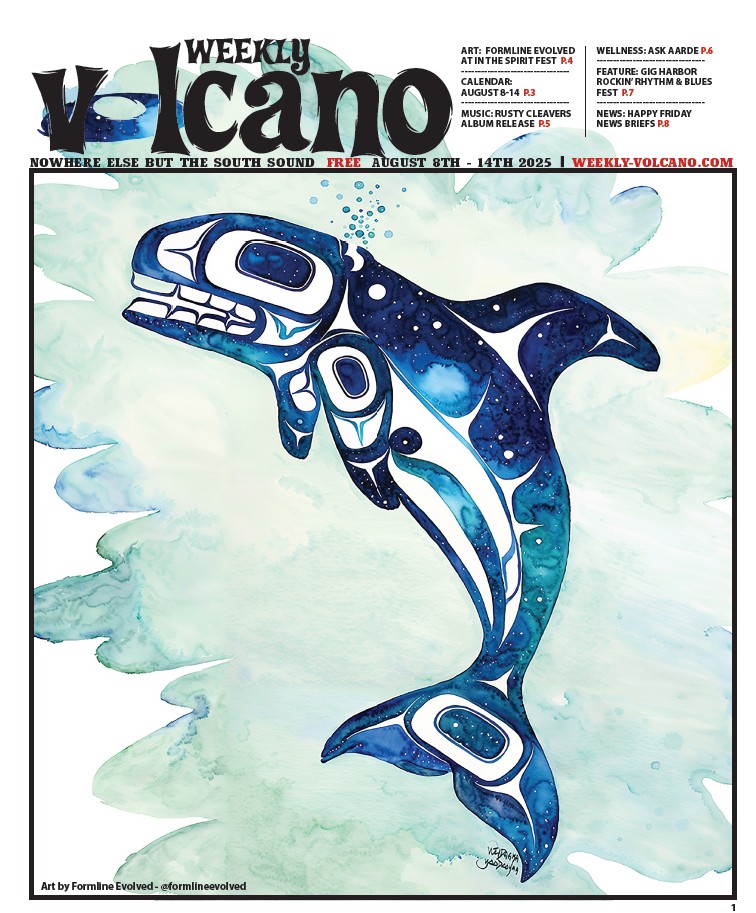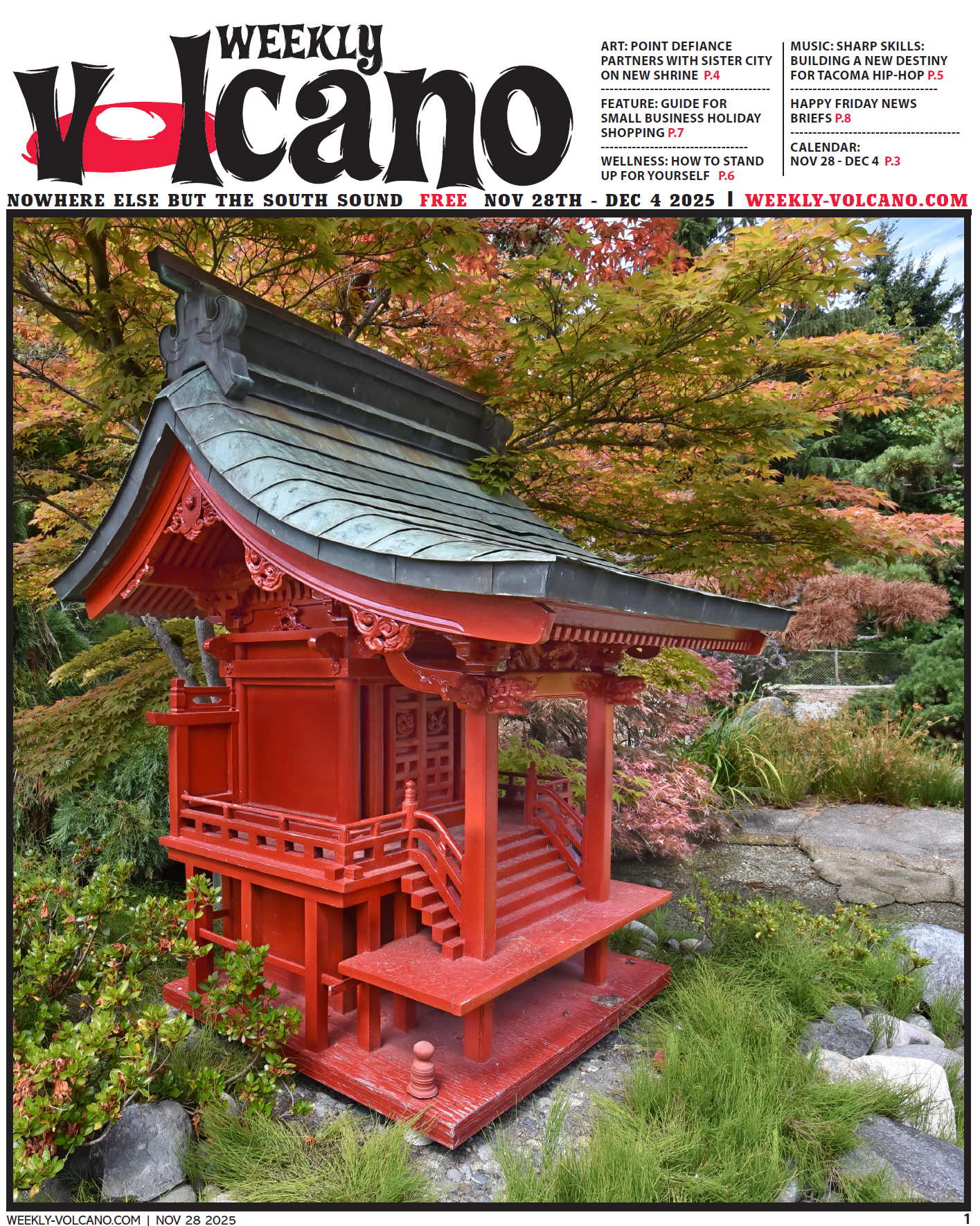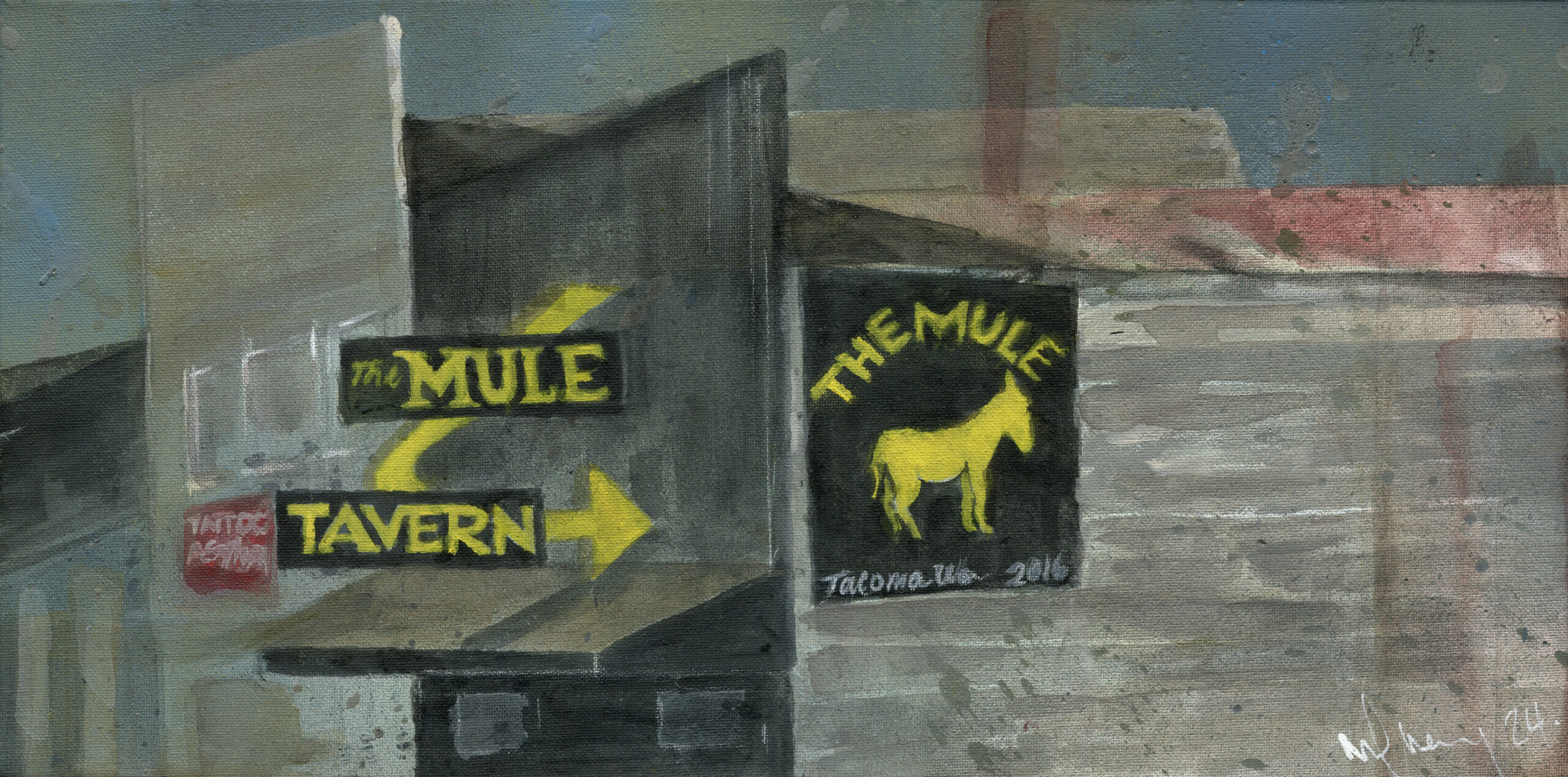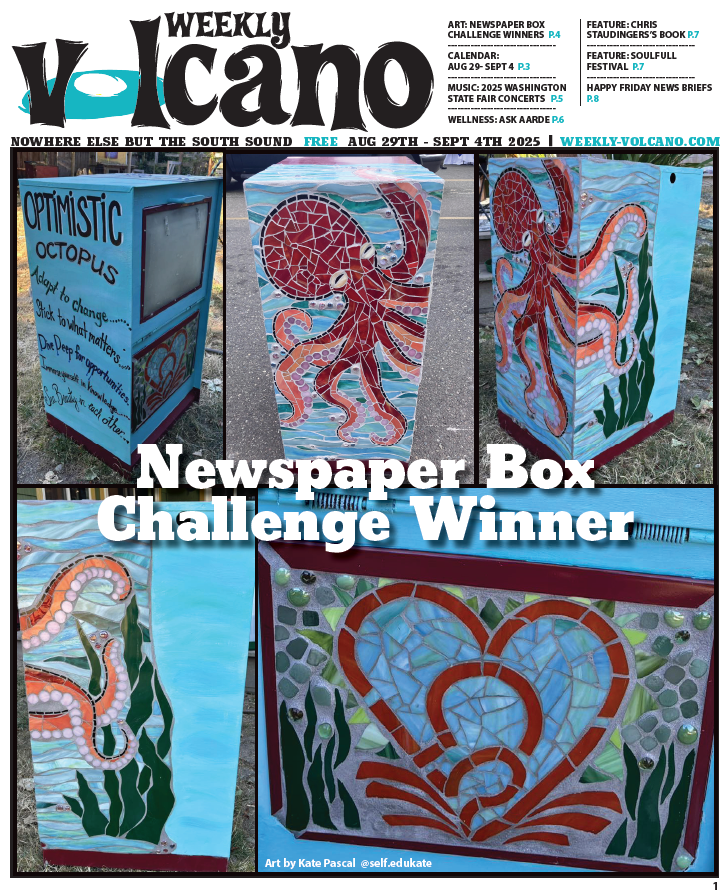BY SUZY STUMP for WEEKLY VOLCANO 8/8/25 |
Bill Pfeifer Jr., known in the art world by his Tlingit name Wéidaaká Yóodóohaa, is more than a visual artist—he is a cultural bridge-builder, father, teacher, and storyteller. Through his brand Formline Evolved, he blends the deeply rooted traditions of his heritage with modern visual language to create artwork that resonates across generations and geographies.

Wéidaaká Yóodóohaa belongs to the Chookaneidí clan (Eagle/Glacier Bear) from the Xaatl Hít (Iceberg House) in Xunaa Ḵáawu (Hoonah village), and his lineage is central to everything he creates. “I belong to the Chookaneidí clan (Eagle/Glacier Bear) from the Xaatl Hít (Iceberg House) in Xunaa Ḵáawu (Hoonah village). My father is from the T’akdeintaan clan (Raven/Kittiwake) of the Táx̱ Hít (Snail House),” he explains.
Raised in Ketchikan, Alaska, he grew up immersed in Tlingit culture. “I have lived in big cities and in small rural towns. Growing up in Ketchikan means you are immersed in Tlingit culture; it’s the very air you breathe,” he says. “I was surrounded by elders who taught me our stories, songs, history, and subsistence practices. It’s the foundation upon which everything is built.” Surrounded by community spaces such as Totem Bight and Saxman Village, and influenced by his father’s carvings and his cousin Master Carver Gordon Greenewald, Wéidaaká’s artistic journey felt inevitable. “It was never a question of if I would engage with the art; it was a question of how,” he adds.
Though he works full-time as an artist, he does have one even bigger priority. “My most important job is being a full-time, at-home father to my two young boys,” he says. “The shift to digital tools, especially using Adobe Fresco on my iPad, has been a game-changer. It allows me to create on the go, so I can be on the front porch with my kids playing and still be productive. It’s all about balance.”
The name Formline Evolved reflects his artistic philosophy. “The name is a direct reflection of my artistic mission,” he says. “I have a deep reverence for the traditional Northern Formline of my Tlingit ancestors—I study their work in museum archives constantly to see how they pushed the boundaries. But I also believe that culture is not static; it lives and evolves. My life experiences and influences—from urban graffiti and comic books to my studies in graphic design—are part of my story, so I experiment with blending them into the art. The goal is to keep the art form relatable and inspirational for the next generation.”
One of his proudest moments comes when young people connect with his work. “They’ve been a major hit with younger people,” he says about his stickers. “A sticker is an accessible entry point and that gives me the perfect opportunity to share the deeper culture and the meanings behind the forms.”
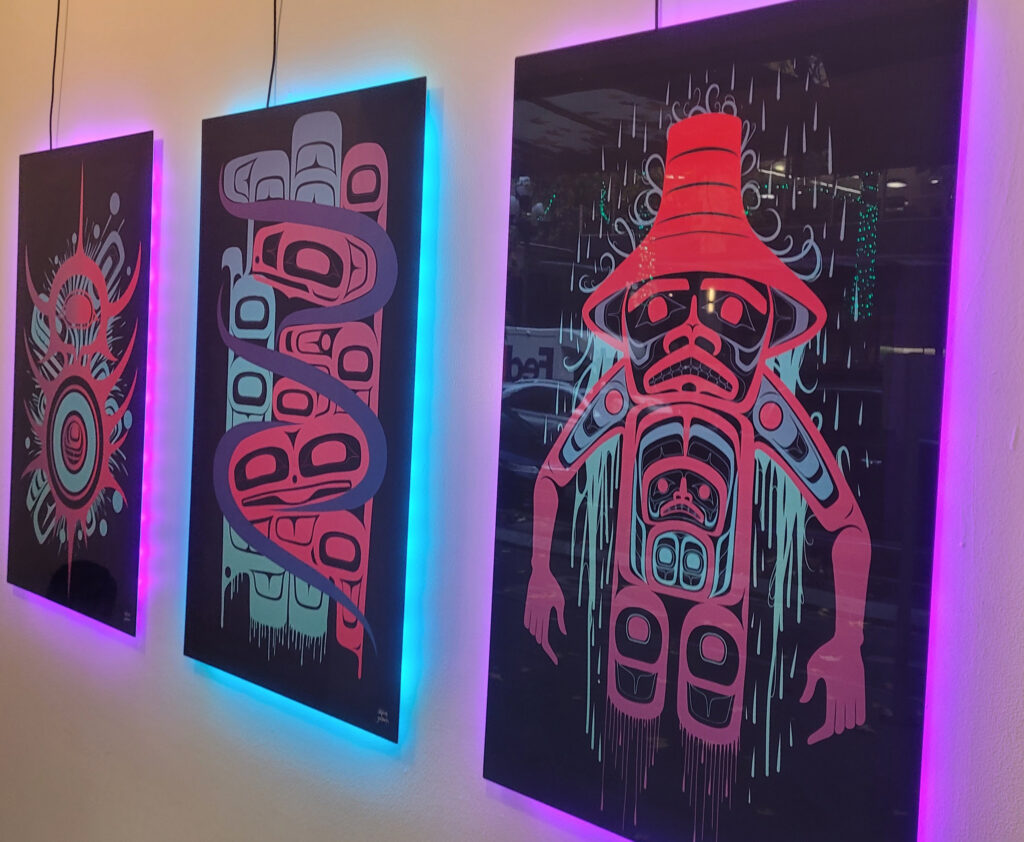
His piece Urban Spirit, which served as the signature artwork for the 2025 In the Spirit festival, exemplifies this approach. “A great example is my piece, Urban Spirit, which features a Sasquatch. At its heart, the piece is a reflection on a very modern Native experience: the feeling of being torn between the energy of the city and the deep sense of home you find in nature,” he says.
The Sasquatch, he says, became a metaphor for that tension. “In our mythology, Sasquatch and other shape-shifting beings are what you could call ‘liminal’ species—they can transcend our realms and move between different worlds. I see a powerful connection there to modern life. We all have to shape-shift a bit, right? We wear different hats, play different roles throughout our lives, and it takes a lot of effort to balance that as an individual.”
For the In the Spirit festival this year, Wéidaaká is bringing several exciting new elements to his booth. “First, I’ve created two new Bentwood-style boxes to display my prints, which I designed and painted to be art pieces in their own right, making the whole experience more engaging,” he says. “Second, after many requests, my talented wife and I are debuting our new jewelry line, Northwest Diné Jewelry. My wife is from the Navajo tribe, so the line is a true collaboration of our two cultures. And finally, I will be releasing the Limited Edition prints of my Sasquatch piece, Urban Spirit, which was so generously featured as the signature art for the festival this year.”
While his home base is on the Olympic Peninsula, he feels increasingly connected to the Tacoma art scene through festivals and community gatherings. “I’m excited to be spending more time connecting with the vibrant arts community in Tacoma through the In the Spirit festival,” he notes.
Although large-scale murals aren’t practical with toddlers at home, he’s found a way to adapt. “I design them digitally on my iPad, and then we work with a professional vinyl wrap company for the installation,” he says. “I would absolutely be open to creating murals for Tacoma in the same way.”
Looking ahead, he’s focused on expanding both his teaching and the jewelry line. “My creative focus right now is really centered on two main areas: expanding my teaching and developing new jewelry designs,” he says. “On a personal and artistic level, I’m really looking forward to dedicating time to more traditional projects. I’m planning to work on new family regalia designs for our next ḵu.éexʼ (Potlatch), and I’m excited to create some new designs for traditional hand drums.”
His art will be featured at the In the Spirit Contemporary Native Arts Festival on Saturday, August 9, from 10:00 a.m. to 5:00 p.m. in downtown Tacoma. The free, public event is presented by the Washington State History Museum in partnership with the Museum of Glass and Tacoma Art Museum, and includes an Indigenous artist market, cultural demonstrations, and live performances. His art is also featured on the cover of this newspaper.
